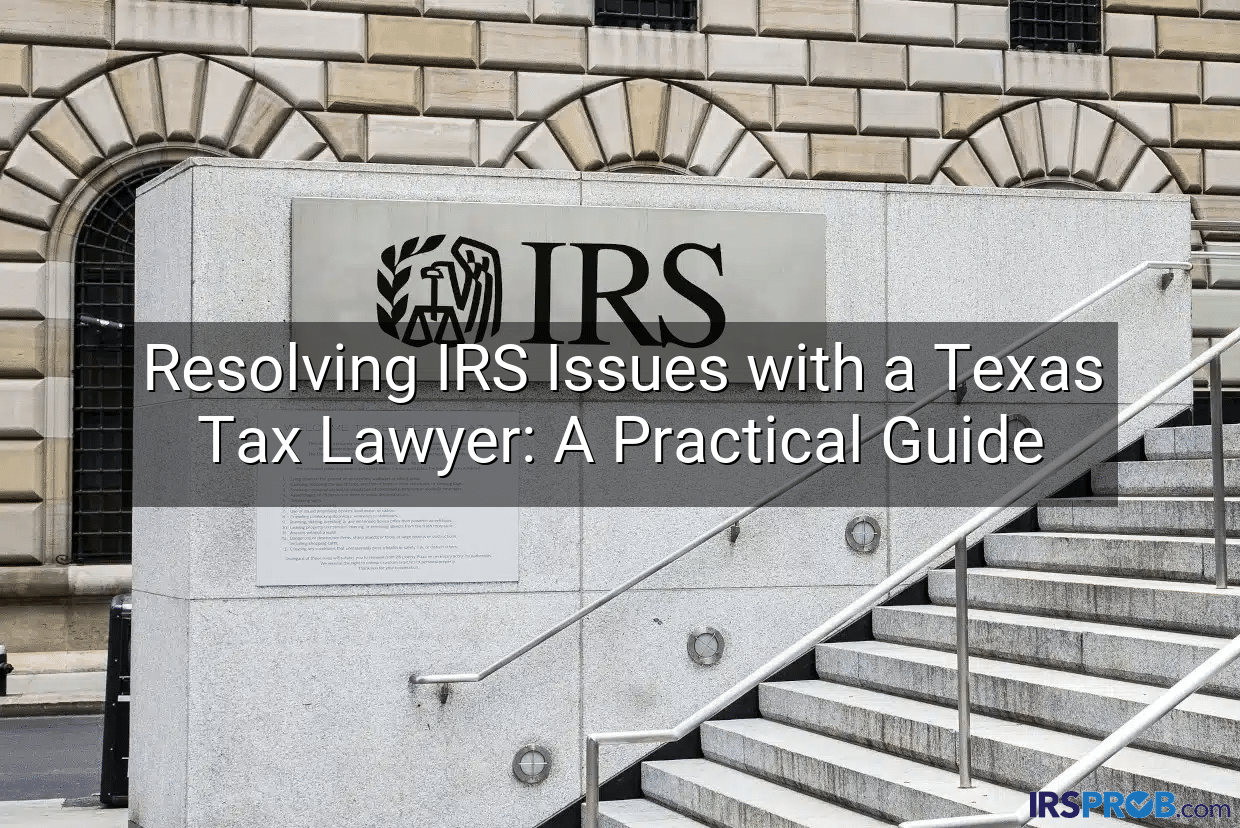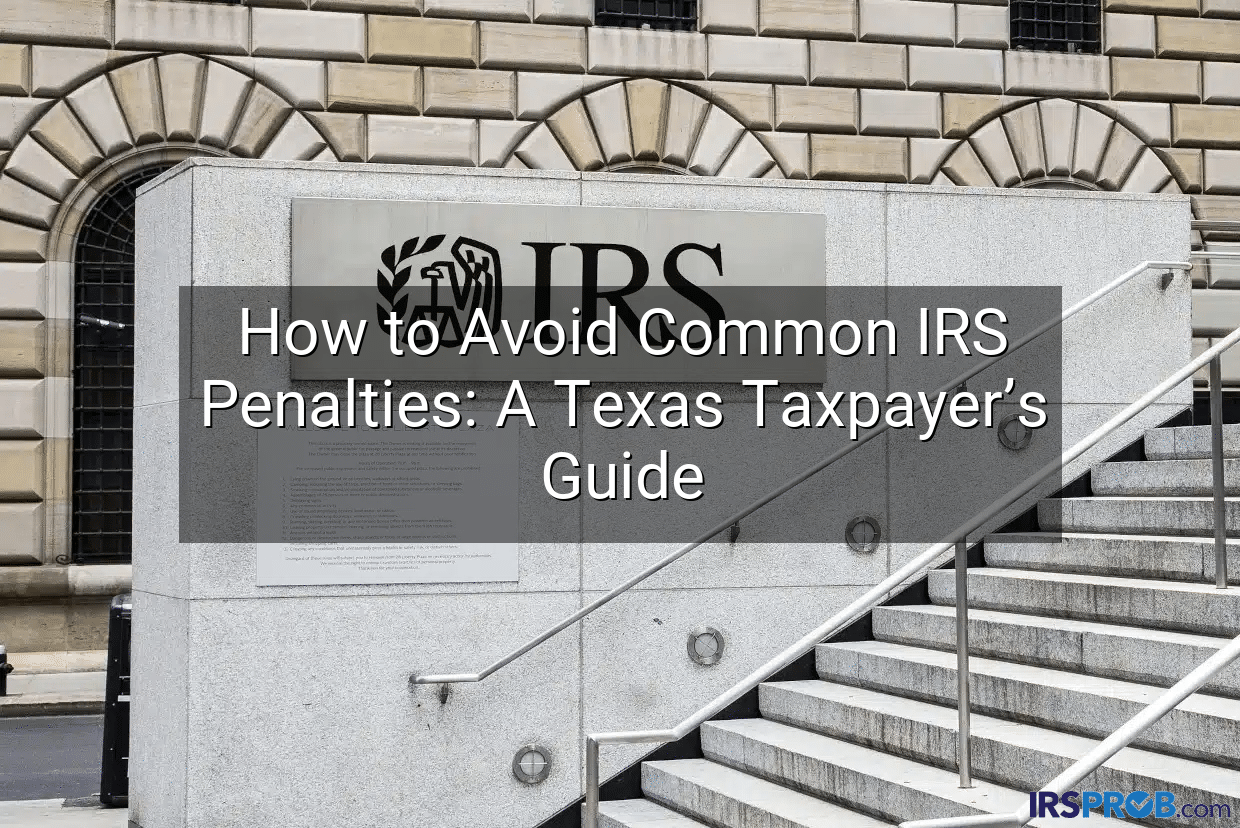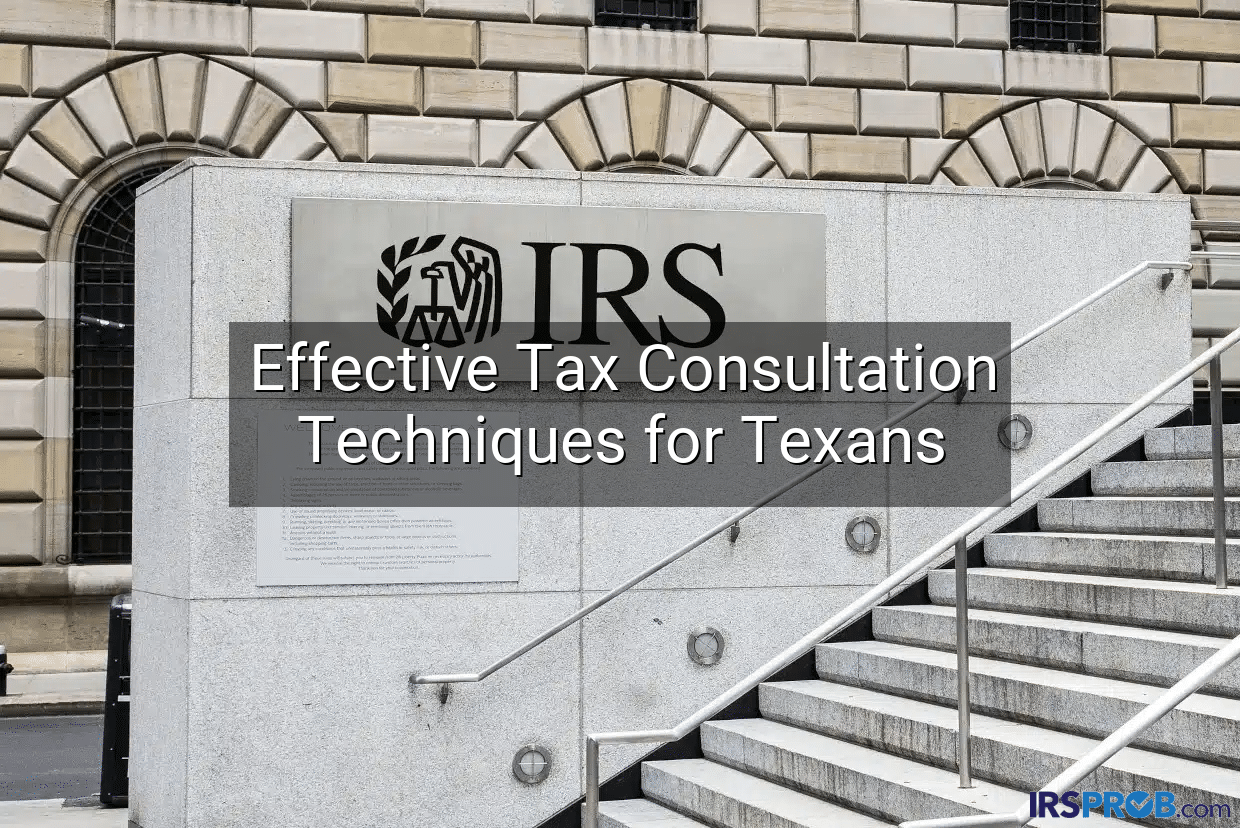
As we pass the halfway mark of 2024, now is the perfect time to review and adjust your tax planning strategies. Waiting until the end of the year might leave you scrambling to implement crucial tax-saving moves. By taking action now, you can make informed decisions that will benefit your financial position come tax season. Here are five tax-saving strategies to consider during the summer months:
1. Harvest Capital Gains or Losses
If you’ve experienced gains or losses from selling assets such as stocks or bonds, mid-year is an excellent time to review your portfolio. You can strategically “harvest” these gains or losses to optimize your tax liability.
- Harvesting Losses: If you’ve incurred capital losses, you can use them to offset any capital gains you’ve realized this year. Additionally, you can deduct up to $3,000 of any excess loss against your ordinary income. This can be especially beneficial if you anticipate a significant tax bill.
- Harvesting Gains: On the other hand, if you have prior losses carried forward from previous years, you might consider realizing some gains now. Short-term gains are taxed at your ordinary income tax rate, while long-term gains enjoy a lower tax rate, typically 15%. However, keep in mind that the top 20% rate applies to high-income individuals, so factor your income level into this decision.
Tip: Regularly monitor your capital gains and losses throughout the year to make strategic moves as opportunities arise.
2. Leverage Home Energy Credits
If you’re considering energy-efficient upgrades to your home this summer, you could qualify for valuable tax credits. Two significant credits to be aware of are:
- Energy Efficient Home Improvement Credit: This credit allows you to claim 30% of the cost of qualified energy-efficient improvements, such as installing new windows, insulation, or heat pumps, up to a maximum of $3,200. Specific dollar limits apply depending on the type of improvement.
- Residential Clean Energy Credit: You can also claim 30% of the cost for installing renewable energy systems, like solar panels or geothermal heat pumps, with no annual dollar limit. This credit can significantly reduce your tax bill while increasing your home’s energy efficiency.
Tip: Keep detailed records of your expenditures to ensure you can claim these credits accurately.
3. Optimize Vacation Home Rentals
Do you own a vacation home that you rent out for part of the year? If so, it’s important to understand how your personal use of the property affects your tax deductions. The IRS allows you to offset rental income with qualified expenses, but there’s a catch: if your personal use exceeds the greater of 14 days or 10% of the days the home is rented out, you can’t deduct a rental loss.
For example, if you use the property for 15 days of personal vacation, you might exceed the personal-use limit. By reducing your personal use by just one day, you could improve your tax outcome significantly.
Tip: Days spent on maintenance and repairs do not count as personal-use days, so plan these activities strategically to maximize your deductions.
4. Maximize Charitable Deductions
Summer is a great time to declutter your home, and donating items you no longer need to charity can provide a valuable tax deduction. Items such as clothing, furniture, and electronics in good condition can be deducted at their fair market value (FMV) if you itemize deductions on your tax return.
Tip: Use valuation guidelines from reputable organizations like the Salvation Army or Goodwill to ensure your deductions are accurate.
5. Increase Your 401(k) Contributions
If your income is higher than expected this year, consider increasing your contributions to your 401(k) plan. The contribution limit for 2024 is $23,000, with an additional $7,500 catch-up contribution if you’re age 50 or older. Not only does this allow you to set aside more money for retirement, but it also reduces your taxable income, potentially lowering your tax bill.
Tip: Increasing your contributions could also boost your employer’s matching contributions, further enhancing your retirement savings.
Final Thoughts
By taking these mid-year tax moves, you can better position yourself for a favorable tax outcome in 2024. Remember, proactive planning is key to maximizing your tax savings. Don’t wait until the last minute—start now and enjoy the financial benefits all year long.









